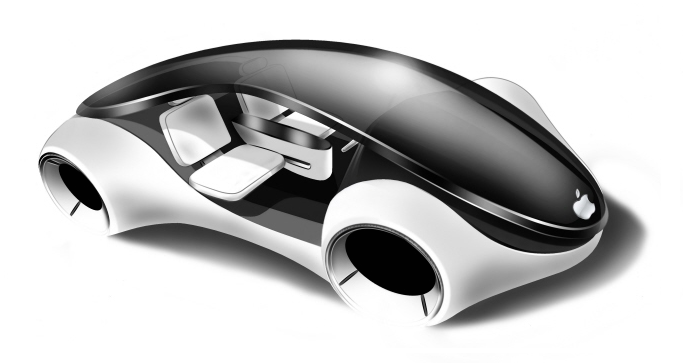Auto Created Profiles Work For Mac 4,1/5 797 reviews
What are the Meraki Agent and MDM Profiles? The MDM enrollment profile provides most of the management functionality on devices, such as restrictions or live tools like sending notifications and remote reboot commands.

These profiles exist as configurations on the device's operating system, using the vendor's native APIs, and are provisioned during the enrollment process. You can see examples of where the profile can be found on each device type in this article. Although MDM profiles are used for most platforms, desktop versions of Windows and macOS support installing an agent as well. The Meraki agent installs like an application and runs as a service in the background of your enrolled Windows/Mac machine. The agent provides, such as custom software deployment and remote desktop. The agent and profile are not mutually exclusive, you can enroll a device using either method or with both. We typically recommend enrolling with both methods for full Systems Manager functionality.
Auto-installing the macOS Agent The macOS agent can be pushed down as an application to Mac devices that have gone through profile enrollment. This can help streamline the enrollment process of macOS devices, ensuring that both profile and agent are installed without needing to manually run the.pkg on devices. The agent can be added Systems Manager Manage Apps + Add new and scoped to all devices, or via tags. Once configured, devices enrolling through DEP can automatically install the agent if within the specified scope. Agent vs Profile Features The agent and profile each enable different sets of features on your devices. Amadeus for mac. For full functionality on Windows 10 desktops and macOS devices, we recommend enrolling through both methods whenever possible. Most notably, Microsoft did NOT build MDM profile support for Windows 7 and 8, which means it is not possible to distribute settings like wireless configs to those devices.
The key differences: software installer (macOS/Windows Custom Apps) and remote desktop require the agent to be installed, and installing MDM profiles (wireless, VPN settings, etc.) or Store Apps (macOS) require the management profile. See a full comparison of features, including various MDM commands below. Windows Profile Windows Agent macOS or iOS Unsupervised Profile macOS (DEP) or iOS Supervised Profile macOS Agent Push MDM profiles Lock Device Selective Wipe Erase Device Fetch process list Command line Network stats Screenshot Remote Desktop Power Control Install Software Binaries.
Send Notification Install OS updates. Activation Lock/Bypass. Installing OS updates on iOS requires DEP supervision specifically, and will not work with Apple Configurator supervision. Filetypes are OS Specific: Windows may install.exe or.msi files, macOS may install.pkg or.app encapsulated inside a.dmg image. Checking for the Agent on Devices The agent is a process that will be running in the background on macOS and Windows 7, Windows 8, and Windows 10. To confirm that the agent is running on macOS and view the Meraki agent's log file, run the following command in Terminal: tail -f /var/log/magent.log If you see logging information being generated for today's date, your Meraki agent is currently running!

Created For Good Works
To confirm that the agent is running on Windows 10, Windows 8, or Windows 7, view the Meraki agent's log file by opening magentservice in this directory: C: Windows Temp magentservice If you see logging information generated for today's date, your Meraki agent is currently running! For extra Windows agent running confirmation you can also find the magentservice running with the Task Manager.